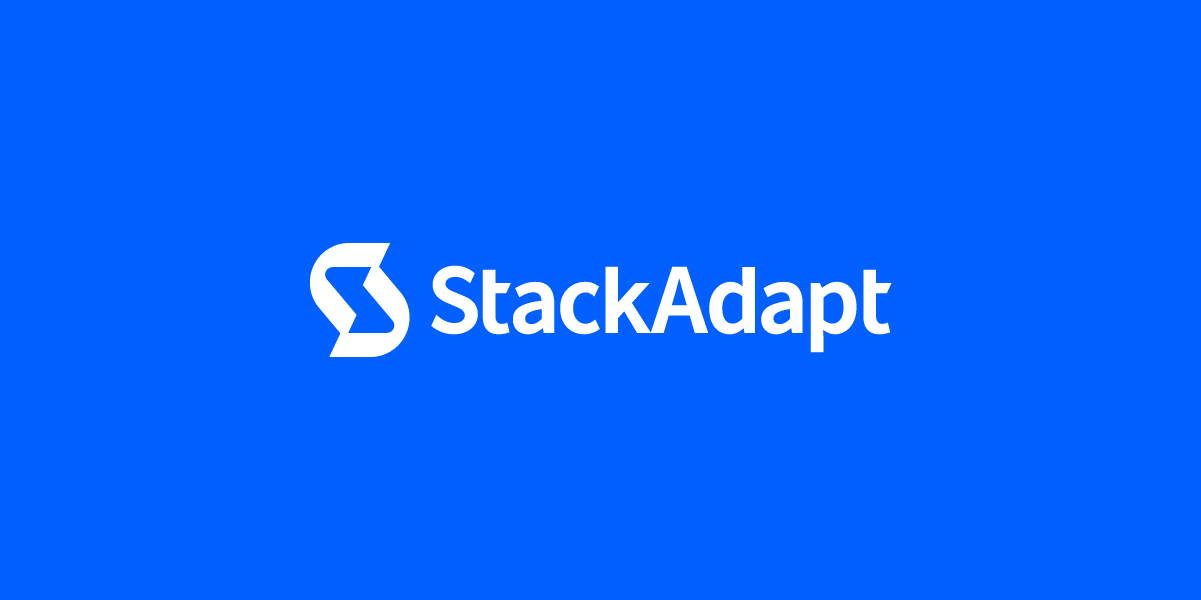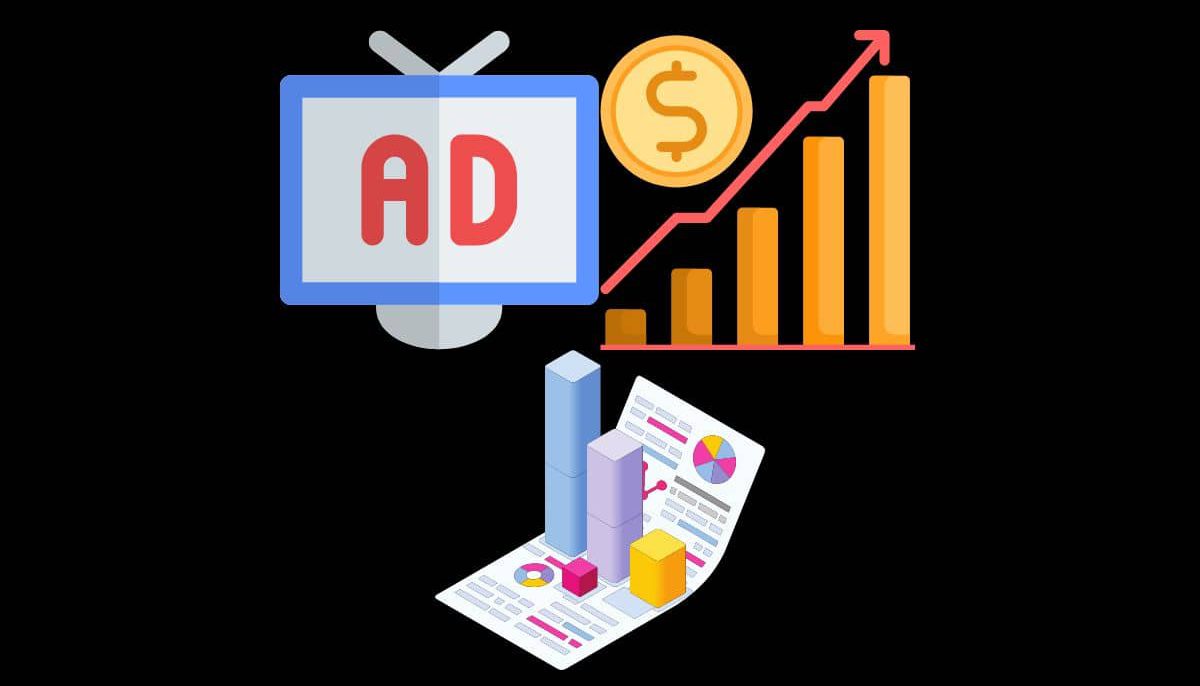How CGI and AI are Reshaping Advertising
In today’s rapidly evolving digital landscape, technology is transforming how brands connect with their audiences. Two of the most influential technologies in this transformation are Computer-Generated Imagery (CGI) and Artificial Intelligence (AI). Together, they are reshaping advertising by enabling unprecedented creativity, personalization, and engagement. At MyHoardings, we explore how these technologies are revolutionizing the world of advertising.

1. Creating Unforgettable Visual Experiences with CGI
CGI allows advertisers to create stunning, lifelike visuals that capture the viewer’s attention and imagination. Whether it’s crafting fantastical worlds, simulating real-life scenarios, or visualizing complex products, CGI offers limitless creative possibilities. By using CGI, brands can:
- Produce Dynamic Content: CGI enables the creation of dynamic and interactive content that can adapt to various media formats, from high-definition videos to interactive 3D models, providing a richer and more engaging experience.
- Showcase Products in New Ways: Brands can use CGI to create detailed and realistic product visualizations, from showcasing a car’s design intricacies to revealing the inner workings of a smartphone. This approach provides a deeper understanding and appreciation of the product, helping to drive consumer interest and sales.
- Overcome Production Constraints: CGI eliminates many limitations of traditional advertising, such as logistical challenges, high production costs, and geographical constraints. Brands can produce ads in virtual environments, reducing the need for location shoots, physical props, or extensive set designs.
2. Leveraging AI for Targeted and Personalized Advertising
Artificial Intelligence (AI) is revolutionizing the way brands target and engage with their audiences. By analyzing vast amounts of data, AI can provide insights into consumer behavior, preferences, and trends, enabling brands to deliver highly personalized and relevant ads. Here’s how AI is reshaping advertising:
- Personalized Content at Scale: AI-driven algorithms can analyze consumer data to create personalized content that resonates with specific audiences. For example, AI can dynamically generate different versions of an ad for different demographics, optimizing content for age, gender, location, and even individual preferences.
- Enhanced Audience Targeting: AI can segment audiences with precision, helping brands target the right consumers with the right message at the right time. This leads to higher engagement rates and a better return on investment (ROI) for advertising campaigns.
- Predictive Analysis and Optimization: AI can predict consumer behavior and preferences, enabling advertisers to optimize campaigns in real-time. By continuously analyzing performance data, AI can suggest adjustments to ad creative, placement, and targeting, ensuring maximum effectiveness.
3. Combining CGI and AI for Immersive and Interactive Ads
The combination of CGI and AI is creating new possibilities for immersive and interactive advertising experiences. Here are some ways this powerful duo is changing the game:
- AI-Powered CGI Creation: AI can assist in the creation of CGI assets by automating repetitive tasks, such as rendering or modeling, reducing production time and costs. Additionally, AI can help refine CGI content by analyzing audience reactions and optimizing visuals for maximum impact.
- Interactive and Personalized Experiences: Brands can use CGI to create interactive ads, such as virtual try-ons, 360-degree product views, or augmented reality experiences. AI enhances these experiences by tailoring them to individual preferences, making the ads more engaging and memorable.
- Real-Time Content Adaptation: AI can dynamically alter CGI content based on user interactions or environmental data, creating a personalized ad experience in real-time. For instance, a CGI ad for a travel destination could change its visuals based on the viewer’s location, season, or weather.
4. CGI and AI in Programmatic Advertising
Programmatic advertising uses AI to automate the buying and placement of ads, ensuring they reach the most relevant audiences. When combined with CGI, programmatic advertising can create highly tailored and visually engaging campaigns:
- Dynamic Creative Optimization (DCO): DCO uses AI to automatically customize ad content based on audience data, such as browsing history or purchase behavior. CGI enables the creation of visually diverse content that can be adapted in real-time, ensuring the ad remains fresh and relevant.
- Efficient Ad Buying: AI-driven programmatic advertising can analyze large data sets to identify the most effective channels and times to display ads. This ensures that CGI-driven content reaches the right audience at the right moment, maximizing engagement and ROI.
5. Enhancing Consumer Engagement Through Virtual Influencers and Characters
CGI and AI are also being used to create virtual influencers and characters, which are becoming increasingly popular in digital marketing:
- Virtual Influencers: These AI-generated characters can interact with audiences on social media platforms, promoting products and engaging with consumers in unique ways. Unlike real influencers, virtual influencers can be precisely controlled, ensuring consistent brand messaging.
- Brand Mascots and Avatars: CGI allows brands to create unique mascots or avatars that represent their identity. These characters can interact with customers through AI-driven chatbots or virtual assistants, providing a personalized brand experience.
6. Future-Proofing with Emerging Technologies
As technology continues to evolve, the synergy between CGI and AI will only grow stronger:
- Integration with AR and VR: CGI and AI are already at the forefront of augmented reality (AR) and virtual reality (VR) advertising. These technologies provide immersive experiences, allowing consumers to interact with products in a virtual environment. AI can enhance these experiences by personalizing content in real-time, based on user behavior.
- Use in Metaverse Marketing: The metaverse, a virtual shared space, is becoming a new frontier for digital advertising. CGI creates the 3D assets and environments needed for the metaverse, while AI personalizes and optimizes the user experience, making ads more relevant and engaging.

Conclusion
CGI and AI are not just transforming advertising; they are redefining it. By leveraging these technologies, brands can create captivating, personalized, and interactive campaigns that resonate with today’s digital-savvy consumers. At MyHoardings, we are excited to help you explore the endless possibilities of CGI and AI in your next advertising campaign.
Contact Us Today!
- Email: business@myhoardings.com
- Phone: +91-9953847639
- Website: www.myhoardings.com
Top 5 OTT Platforms in India for Advertising
9 Types of Digital Advertising
|



